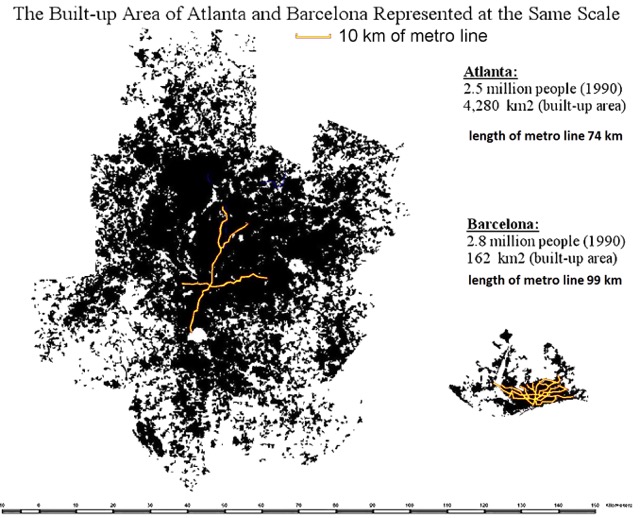President Trump issued an executive order yesterday aimed at streamlining the federal approval process for infrastructure projects. Contrary to the impression given by press reports, the order doesn’t repeal any environmental laws or rules. All it really does, the White House explains, is require federal agencies to work together to speed existing approval processes with a target of issuing permits within two years–which is hardly very fast.
Since it isn’t clear to the Antiplanner that the lengthy process of writing and revising environmental impact statements has done much to protect the environment, streamlining would seem to be a good idea. The real problem is not that federal projects threaten the environment–some do, but most don’t–but instead that they threaten the economy by wasting a large share of nation’s resources on projects that produce little value.
For example, the Washington Post published an op-ed yesterday about Maryland’s Purple Line light-rail project. This project would spend more than $5 billion to build and operate a transit line that, the environmental impact statement admits, will actually increase congestion. Since this is conveniently ignored by project advocates, it reveals one of the weaknesses of the environmental process: the documents produced are so lengthy and complex that almost no one read them. Continue reading








